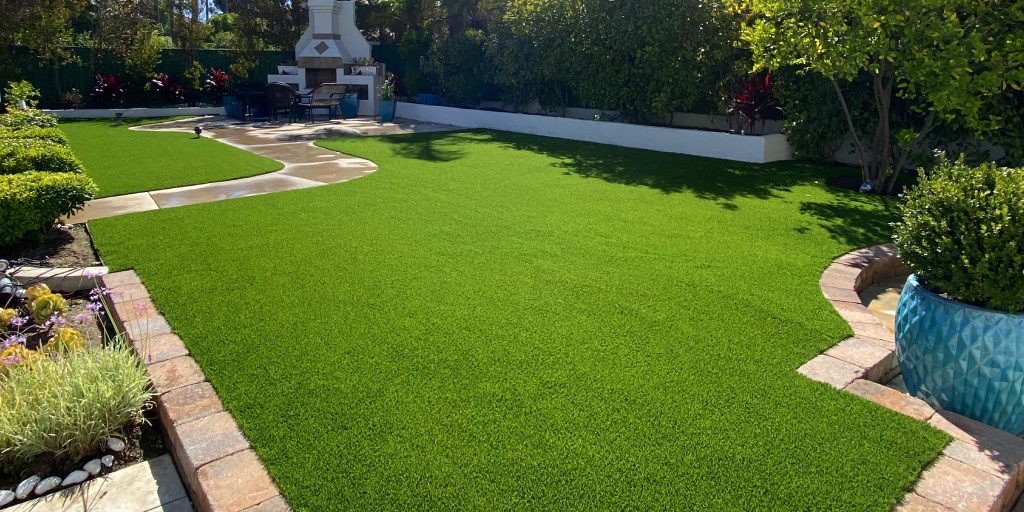Cacti – A Spiny Plant
Cacti – A Spiny Plant
 The cultivation of cacti goes back a very long time. Growers were already collecting cacti in Greek and Roman times, but their endeavours then, as now, were not always an unmitigated success. In fact there is great deal of misunderstanding about the correct care of these plants, which is rather surprising, as they are really quite easy to cultivate. The majority of cacti require plenty of sun and warmth during their growing season.
The cultivation of cacti goes back a very long time. Growers were already collecting cacti in Greek and Roman times, but their endeavours then, as now, were not always an unmitigated success. In fact there is great deal of misunderstanding about the correct care of these plants, which is rather surprising, as they are really quite easy to cultivate. The majority of cacti require plenty of sun and warmth during their growing season.
Large windows and broad windowsills facing the sun are a good location. Cacti can tolerate high temperatures in the summer providing they receive sufficient water and fresh air during the day. They flourish well in long, fairly roomy pots or troughs made of black plastic or other non porous material, such as black pewter or glazed china. In Containers without drainage holes it is necessary to layer the bottom with pebbles, crocks or gravel, which will absorb any surplus water.
Depending on the species, give little or no water in the winter; the ideal temperature at this time is 10 degrees Celsius. A cool environment discourages growth, which should not occur in the dormant season, since it is likely to be thin and elongated. Gradually increase watering as the weather gets warmer. The compost in which cacti sharp sand or horticultural perlite or both. Special cactus compost is now available commercially.
From the large range of cacti, we select for the home those varieties that are particularly remarkable for their strange, sculptural form, handsome spine formation, bizarre hairy growth, or spectacular and easy flowering. The small staying Opuntia (Prickly Pear), the weirdly shaped columnar Cereus (Peruvian Torch), the colorful, spined and fuzzy-haired mammillaria, and the easy flowering Rebutia (Dwarf Cactus) offer a wide choice for the composition of the decorative, small collection on the windowsill.
Even for less sunnily situated houses one can still choose suitable specimens from the original epiphytic cacti and their various strains. Epiphyllum hybrids (orchid cacti) offer a large variety of white, pink, purple, and red flowering plants. Zygocactus truncatus (Christmas Cactus or Crab Cactus) which flowers in winter, is a particularly popular plant. This species can also spend the summer in the garden. The Aporocactus (Rat’s Tail Cactus) is a beautiful hanging plant that blooms richly with rose red flowers. The Rhipsalis (Easter Cactus or Mistletoe Cactus) is a good room plant, with small, white or light yellow flowers in the winter.



